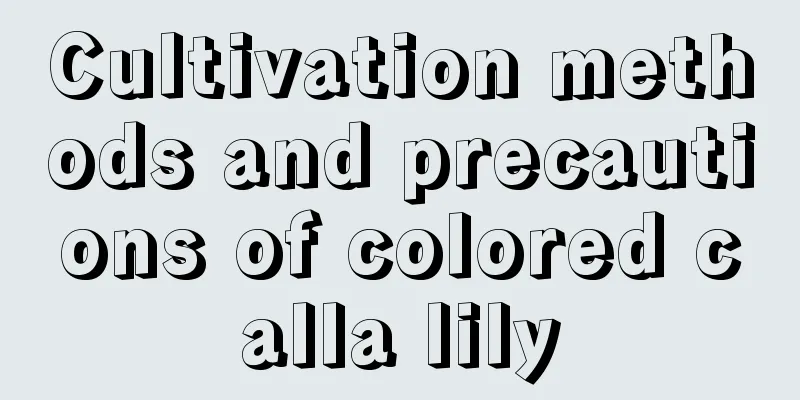How to cultivate cat's eye arrowroot

Farming methodstemperatureCat's eye arrowroot is native to tropical and subtropical regions and is resistant to high temperatures. It is suitable for growing in an environment of 20-30℃. The optimum growth temperature in winter should be maintained at around 16-18℃. illuminationIt is a shade-tolerant plant that prefers partial shade and should be placed in a bright place indoors. Avoid direct sunlight and overexposure to the sun to avoid burning the leaves. In summer, shade and ventilation should be ensured. WateringDuring the growth period of the cat's eye arrowroot, it is necessary to water it sufficiently to keep the soil in the pot moist. At the same time, care should be taken to avoid water accumulation in the soil to prevent root rot and even the death of the plant. Because the leaves are large and water evaporates quickly, it is necessary to maintain a high air humidity around it. You can spray the leaves frequently to keep the air around them moist, which is beneficial to their growth and expansion. Once you notice the leaves curling and shrinking, it means the plant is short of water. fertilizerFollow the principle of "giving frequently and sparingly". Stop fertilizing during the winter dormancy period and when the temperature remains high in summer. Breeding precautionsRepottingRepotting should be done once every year. It is advisable to choose fertile, loose, slightly acidic soil with good air permeability and drainage and rich in humus. Pest ControlCommon insect pests include scale insects, red spiders, etc. For scale insects, depending on the disease situation, you can use 1000 times diluted 40% oxydemeton-methyl, 1000 times diluted 50% dichlorvos, or 3000 times diluted 2.5% cypermethrin for spraying for prevention and control. For red spider mites, control is generally carried out during the adult period after the eggs hatch. They can be sprayed with 1000 times diluted 20% trichlorodicofol emulsifiable concentrate or 1000 times diluted 40% oxydemeton-methyl emulsifiable concentrate. Disease controlCommon diseases include white rot and leaf spot. For white rot, you can add 70% pentachloronitrobenzene (0.2% by weight of the soil) to disinfect the soil. At the same time, remove the diseased plants and diseased soil, add new soil, and ensure ventilation. For leaf spot disease, it is necessary to remove the diseased leaves in time, apply more base fertilizer, and enhance disease resistance. |
<<: Cultivation methods and precautions of star wood
>>: Does cat's eye arrowroot bloom?
Recommend
Can the lucky tree be watered with beer (or vinegar or tea water)?
1. Is it possible to pour beer? When growing the ...
What is the best month to plant snake beans?
When to plant snake beans Snake beans are usually...
How often should I water the lily of the valley?
How often should I water the lily of the valley? ...
What is the suitable temperature for growing tomatoes? Suitable growth and cold-resistant temperature
Temperature requirements for growing tomatoes Tom...
When does verbena bloom?
Verbena flowering period Its flowering period sta...
Can dragon bone flowers be grown at home?
1. Can I keep it at home? It can be raised at hom...
The difference between zebra aloe and striped snake plant
1. Difference of blades The leaves of zebra aloe ...
Cultivation method of boxwood
Boxwood, also known as boxwood and thousand-year-...
Jacaranda flowering period
Jacaranda flowering period The corolla tube of th...
How to wash strawberries cleanly? Can they be stored in the refrigerator?
1. How to clean 1. Do not remove the strawberry s...
How to make the leaves of white palm shiny, bigger and thicker
1. Proper amount of water It likes a humid enviro...
Causes and treatments for yellow leaves of Jade Bell
1. Temperature discomfort Reason: Jade bell is a ...
How much is the yield of green onions per mu? How much is the profit of growing green onions per mu?
Onion yield per mu Under normal circumstances, th...
Do orchids like acidic soil?
1. Do you like acidic soil? Orchids like acidic s...
What to do if the tips of gardenia leaves turn brown and dry
1. Reduce watering Reason: Do not water excessive...









